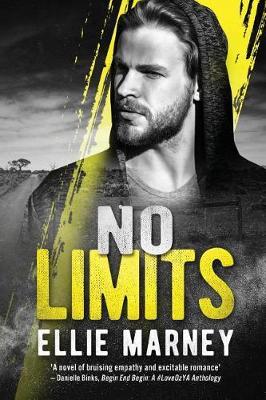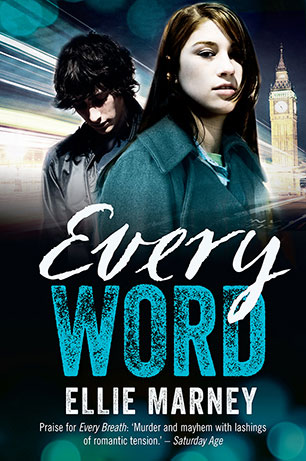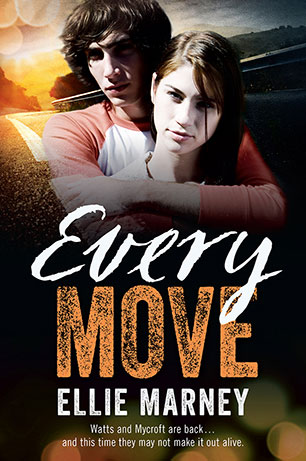As a kid, I read all those Real Life accounts in Reader’s Digest: Abducted and Left For Dead or Trapped in a Train Disaster or I Was in a Plane Crash and Walked Out of the Jungle. Those early true-story accounts of people under extreme stress, and how they survived, always fascinated me. What resonated most was the way people – characters – went through an emotional process during their experiences that sharpened all their reactions and decisions, and revealed their true colours. It’s the old ‘If you want to know what someone is really like, dangle them over the edge of the volcano’ thing. People reveal themselves under stress.
 Teenagers are no different. In fact, they’re even more interesting as characters because their personalities are still forming, they’re still being shaped by external influences. So their true colours are still unknown even to themselves, which is fascinating to write. All writers are a bit sadistic – plunging their characters into danger, putting the thumbscrews on – and I could write my teen characters into natural disasters, or supernatural situations or horrible accidents to test their mettle, but my taste has always run towards gritty real-life stories, so I throw them into crime scenes instead.
Teenagers are no different. In fact, they’re even more interesting as characters because their personalities are still forming, they’re still being shaped by external influences. So their true colours are still unknown even to themselves, which is fascinating to write. All writers are a bit sadistic – plunging their characters into danger, putting the thumbscrews on – and I could write my teen characters into natural disasters, or supernatural situations or horrible accidents to test their mettle, but my taste has always run towards gritty real-life stories, so I throw them into crime scenes instead.
But crime is often quite location-specific. Sure, the criminal activity itself may be generic, but the location determines the details: if the story is set on a wharf, for instance, you expect something wharf-related; if the crime is in a city, you expect urban vice. When I started researching for No Limits, I first had to figure out what was happening in rural Australia, because my characters – ne’er-do-well bad boy Harris Derwent and responsible cop’s daughter Amie Blunt – were stuck in the country. What happens in Mildura, of all places? People I asked laughed, and said, ‘Well, nothing much’. I knew that wasn’t true, but once I looked into it more deeply I realised that quite a lot of the high-stakes crime in places like Mildura (and other isolated rural or regional centres, like Bendigo and St Albans and Shepparton) is drug-related. Almost all the burglaries and attempted murders and assaults came back to drugs – it was like the elephant in the room. And I knew I had to write about it.
So I dangled Harris and Amie over the edge of the volcano – and that volcano turned out to be filled with rural crime lords, crystal meth, and young people taking terrible risks to survive.
Drugs are considered a largely urban issue, but what’s happening in country Australia is often conveniently forgotten. Ice is a problem in rural areas. What do rural teenagers know about drug crime? Quite a lot, as it turns out, because it’s something that affects them – their social circles, their friends, their families. Ice use in rural Australia is more than double that in metropolitan areas, particularly amongst 15-24 year-olds, and treatment facilities are critically under-resourced. But nobody likes to talk about it. I was told that drug themes in YA books is a hard sell, and I did in fact end up publishing No Limits myself. But when I was vacillating over the book, I asked a classroom full of teenagers what issues I should write about – the first thing they said was, ‘Write about drugs’. Teenagers aren’t dumb about this stuff. Teenagers aren’t dumb about lots of things, in fact. That’s what I love most about writing for them.
I hope I’ve done them proud.

No Limits
New Australian YA romantic crime from the author of the award-winning Every series.
Boozer, brawler, ladies' man - nineteen-year-old Harris Derwent is not a good guy.
His one attempt to play the hero - helping out his old flame, Rachel Watts - has landed him in hospital. Now injured, broke and unemployed, he's stuck back in the country, at his father's mercy. Harris needs to pay off his dad's debts, and fast. But working as a runner for a drug cartel is a dangerous path - especially if Harris agrees to narc...









Comments
No comments